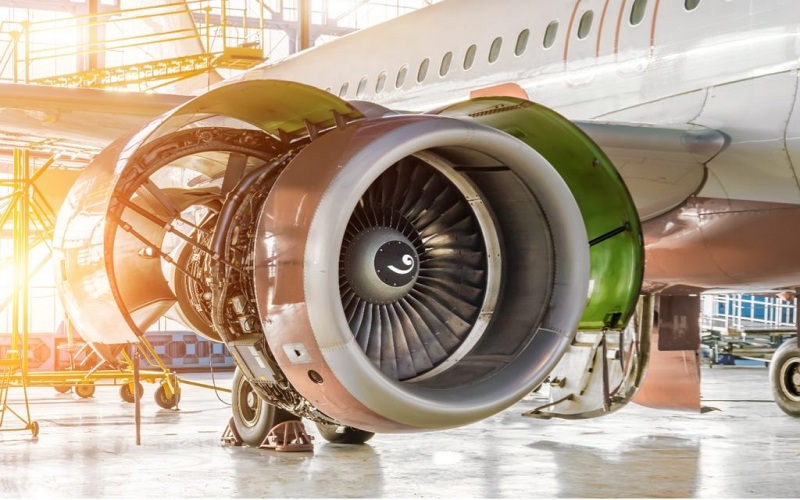As manufacturing demands lighter, stronger, and more durable materials, advanced composites are rapidly becoming the go-to solution for optimizing performance across countless products and applications. Combining exceptionally sturdy reinforcement fibers with robust polymer resins means composites offer unbeatable strength-to-weight ratios that maximize efficiency while minimizing excess bulk.
High-Performance Lightweighting
One of composites’ most attractive benefits is their ability to dramatically reduce weight compared to traditional metal components without sacrificing strength or stiffness. This lightweighting directly translates into improved speed, acceleration, fuel efficiency and payload capacity for vehicles and aircraft.
Many automakers use carbon fiber reinforced polymers (CFRP) to craft sleek, ultralight body panels that boost fuel economy and performance. In aviation, aerospace composites make up over 50% of modern airframes and components on cutting-edge aircraft like the Boeing 787 Dreamliner. The experts at Aerodine Composites say that by trimming tons of weight, composites help airlines burn less fuel and reduce operating costs.
Exceptional Durability
Besides impressive strength, advanced composites offer incredible resistance to corrosion, fatigue, wear, and temperature extremes. This unique durability enables extended service lives for infrastructure and equipment operating in harsh environments.
The construction industry increasingly uses fiberglass composites to build resilient wind turbine blades that can withstand intense forces and storm conditions with minimal maintenance. Kevlar and carbon fiber composites create extraordinarily robust body armor and vehicle armor to shield against ballistic impacts. Offshore oil platforms use many large composite panels and structures to resist saltwater corrosion.
Design Flexibility
Unlike rigid metal alloys, which require casting or machining into predetermined shapes, composite materials allow for molding into virtually any complex form needed during the initial manufacturing process. This design versatility simplifies production and reduces component counts.
Automakers take advantage of composites’ flexibility to craft seamless, aerodynamic body shapes that minimize wind drag. Boat hulls are formed into smooth, hydrodynamic profiles for enhanced efficiency through the water. Aircraft fuselages utilize complex double-curved composite shapes that would be difficult or impossible with traditional metal stamping techniques.
Multifunctional Integration
Companies can customize advanced composites with additional functions by embedding specialized materials within their unique laminate construction. This allows multifunctional capabilities like thermal insulation, electromagnetic shielding, self-monitoring and more.
Conductive carbon composites build anti-icing or lightning protection directly into aircraft wings and fuselages. Self-sensing composites provide continuous structural health monitoring for damage detection. Insulative aerogel composites feature enhanced thermal and acoustic properties for lightweight noise damping on vehicles.
Lower Lifecycle Costs
While material costs for advanced composites are higher upfront, their long-term durability and efficiency provide significant cost savings over full product lifetimes. Composites’ unrivaled corrosion resistance eliminates downtime and replacement costs from environmental degradation that plagues many metals.
In addition, composites’ ultra-high stiffness and strength allow the use of thinner components without sacrificing rigidity, reducing raw material expenditures. Their superior fatigue resistance with less required maintenance and inspections further drops lifecycle costs. Lightweighting composites reduces operating fuel consumption while improving payload capacity.
Sustainability Benefits
Beyond performance gains, composites also offer environmental advantages over conventional materials like metals and plastics. Many composite constituents readily come from renewable or recycled feedstocks, which reduces resource depletion. Instead of being downcycled or sent to landfills, composites can often be recycled into new applications at the end of their service lives. Their superior longevity extends product lifetimes as well. These sustainable aspects of advanced composites align with eco-friendly manufacturing practices.
Conclusion
Across industries, advanced composites continue gaining rapid adoption as manufacturers realize the tremendous performance, efficiency, and economic advantages over legacy metal materials. As the push for optimized efficiency grows, composites’ unique blend of phenomenal properties positions them as the material of the future.

